Join us on the Anglo-Omani Society Spotify podcast for a conversation on Arab travel literature and medieval food…
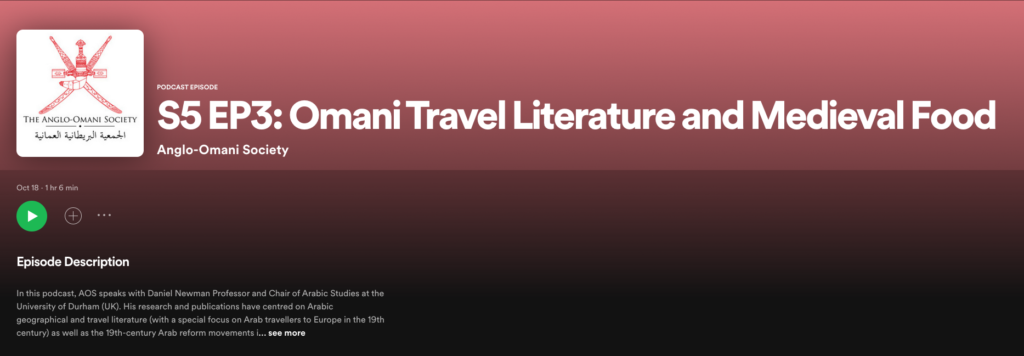

Bringing Medieval Arab Cooking to Life
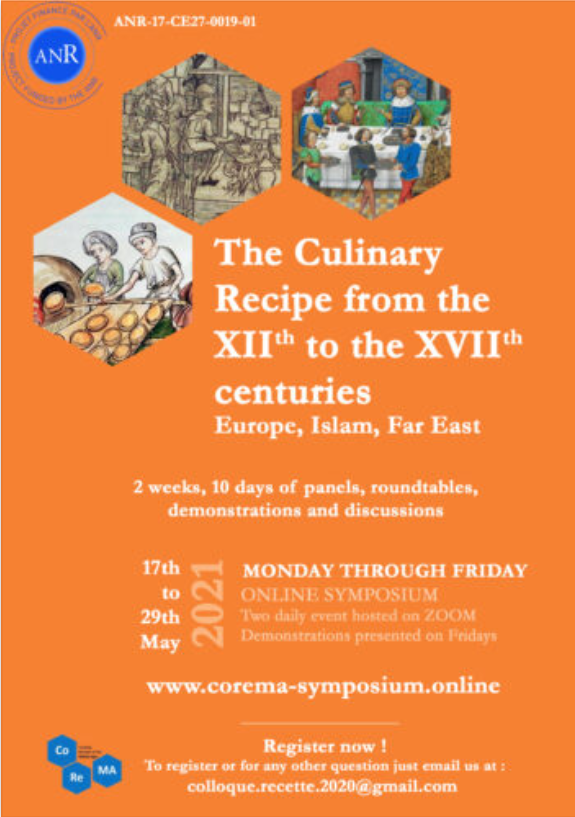
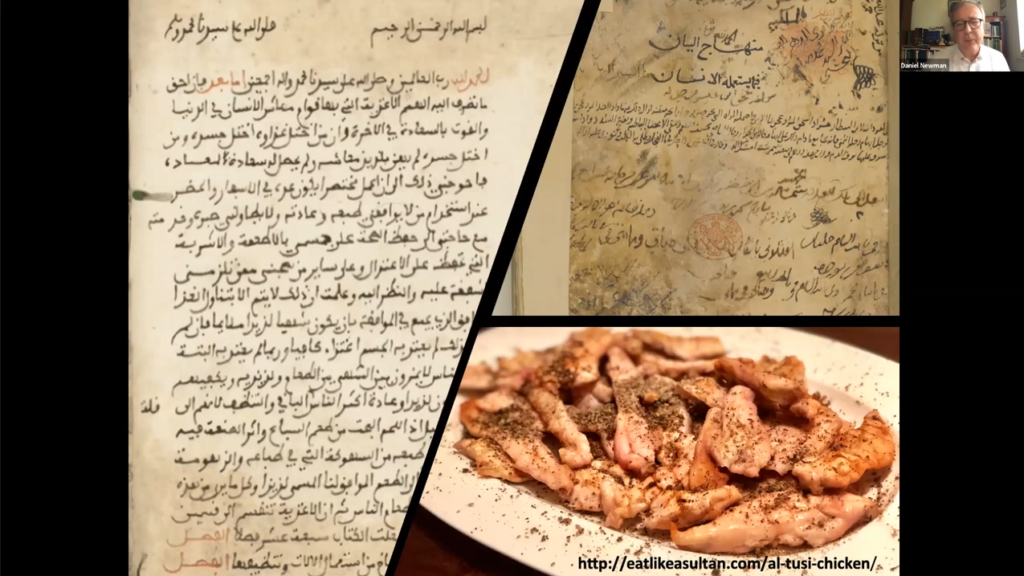
Check out the CoReMa 2021 Conference where I joined Profs. Alan Grieco and Wendy Pfeffer for a very interesting session entitled ‘Cookery or Medicine?’, and discussed the links between medicine and food in the medieval Arabic culinary tradition.

Despite its uninspiring name, this type of dish was a particular favourite in classical Abbasid cuisine, and involved meat simmered in water and salt, though there is a lot more to it than that, of course! According to the compiler of a 10th-century cookbook, this particular recipe was the creation of the caliph al-Ma’mun, who was also a great patron of the arts and sciences. It requires venison (though any game meat will do), olive oil, galangal, cassia, fresh dill and, of course, salt (though only a handful). And as one meat was never enough, the venison is garnished with sausages! The same book also has a recipe for an accompanying rich sauce made with ground walnuts, almonds and raisins, mustard, murrī, sugar and rose water. The dish works very well with rice or bread.
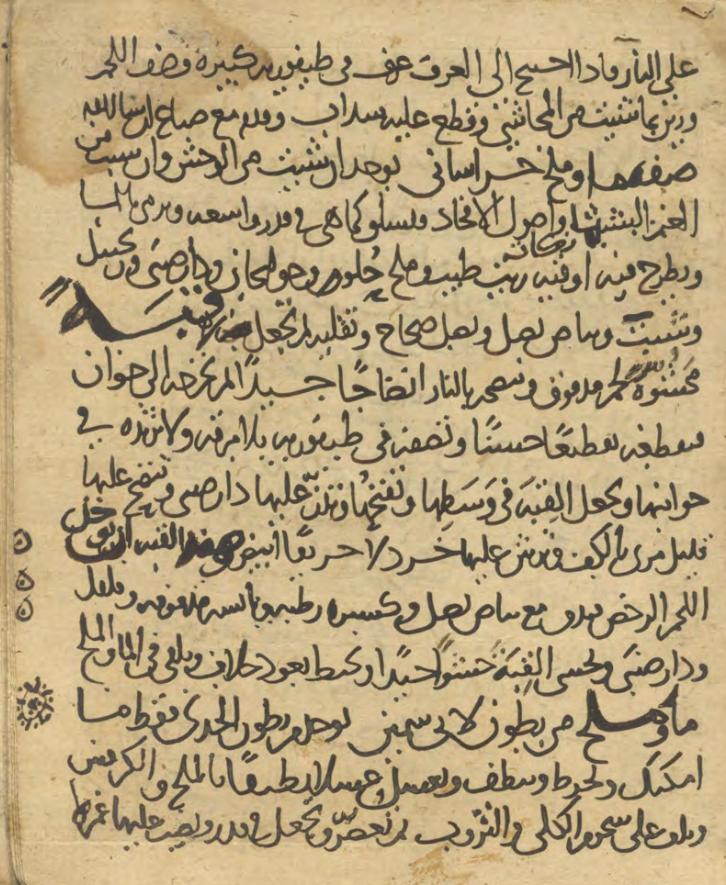

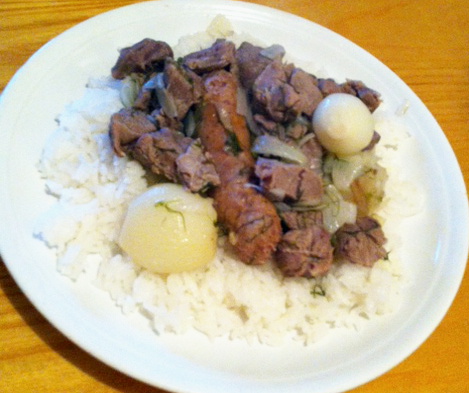
At today’s webinar on Digital Humanities in the MENA region organized by Hamad bin Khalifa University, I presented an exciting joint project with Prof. George Mikros related to the analysis of recipes in mediaeval Arab cookery books using advanced Natural Language Processing methods. This is the first time state-of-the art Natural Language Processing (NLP) methods are applied to a corpus of mediaeval Arab recipes. The aim is to identify (1) patterns of ingredients and flavours; (2) diachronic changes in the selection and frequency of ingredients; and (3) relationships among the treatises. This analysis will not only help us detect the core themes of Arabic cuisine in medieval times, but will also show how these topics evolved over time as the structure of the constituent ingredients changed. Finally, this information will reveal crucial evidence about the authorship of recipes since quantitative profiling can reveal significant aspects of style. These findings are especially useful in the identification of anonymous texts.
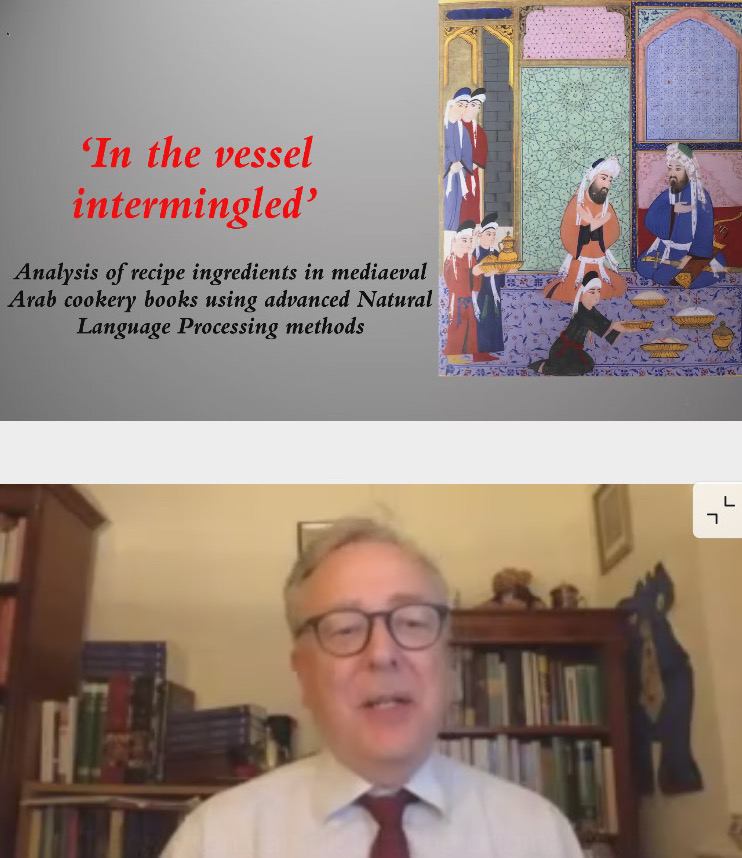
Today is the official release of The Sultan’s Feast, a study, edition and annotated English translation of a fifteenth-century Egyptian cookbook (London: Saqi Books). Based on the sole surviving manuscript, it contains 332 recipes, ranging from bread-making and savoury stews, to roasts, sweets, pickles and condiments, as well as perfumes.
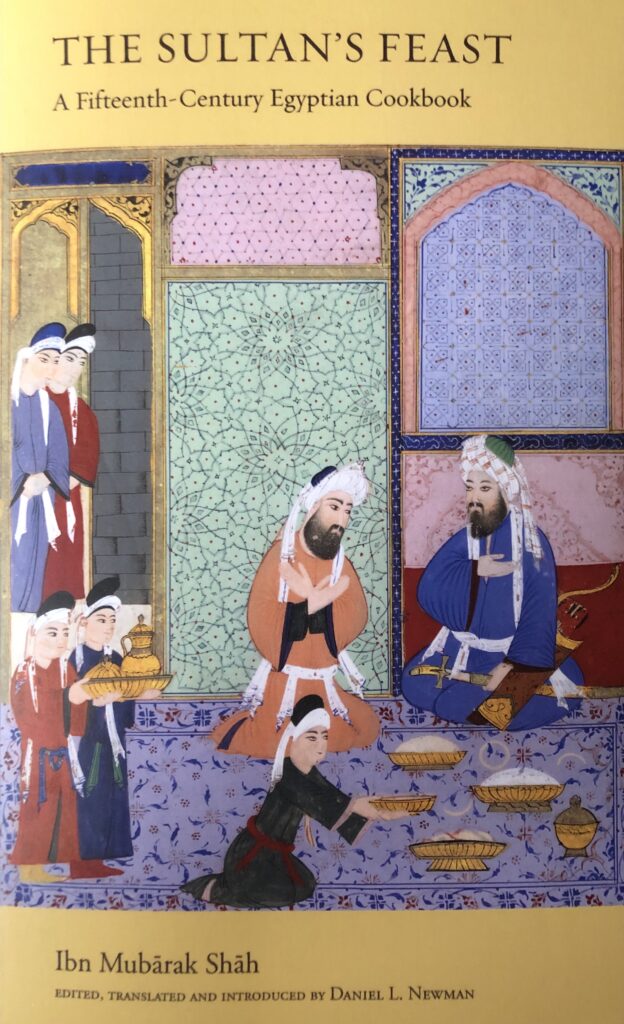
This is a 13th-century Syrian recipe for fragrant chickpea-sized pills made with rosewater, ambergris, sugar, musk, cloves and agarwood. Though primarily intended to sweeten the breath, the lozenges were also used as a digestive, or even to perfume dishes. They should be taken twice a day, one in the morning and one in the evening.
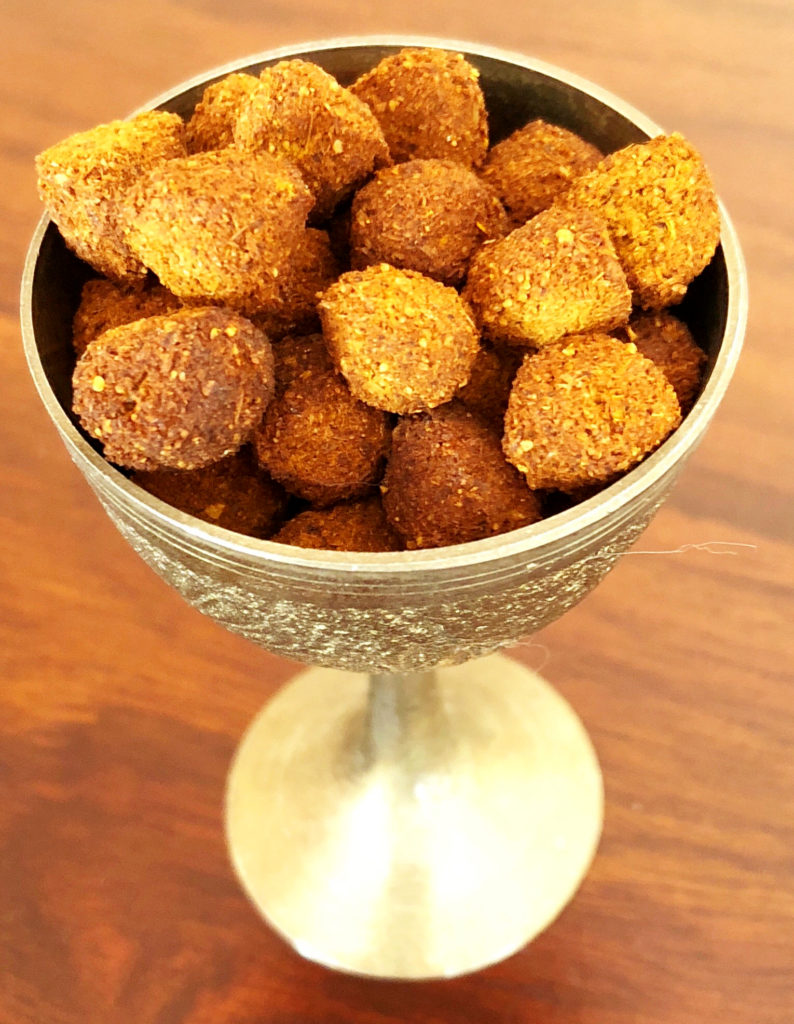
Last Saturday, I joined the team at the Alain Ducasse restaurant Idam led by Executive Chef Damien Leroux for a culinary feast. The menu included mediaeval Arab dishes culled from cookery books from the tenth to fifteenth centuries, from both the Middle East and Muslim Spain (al-Andalus). The meal was preceded by a talk on the museum’s extraordinary collection of mediaeval Arab kitchenware and tableware.
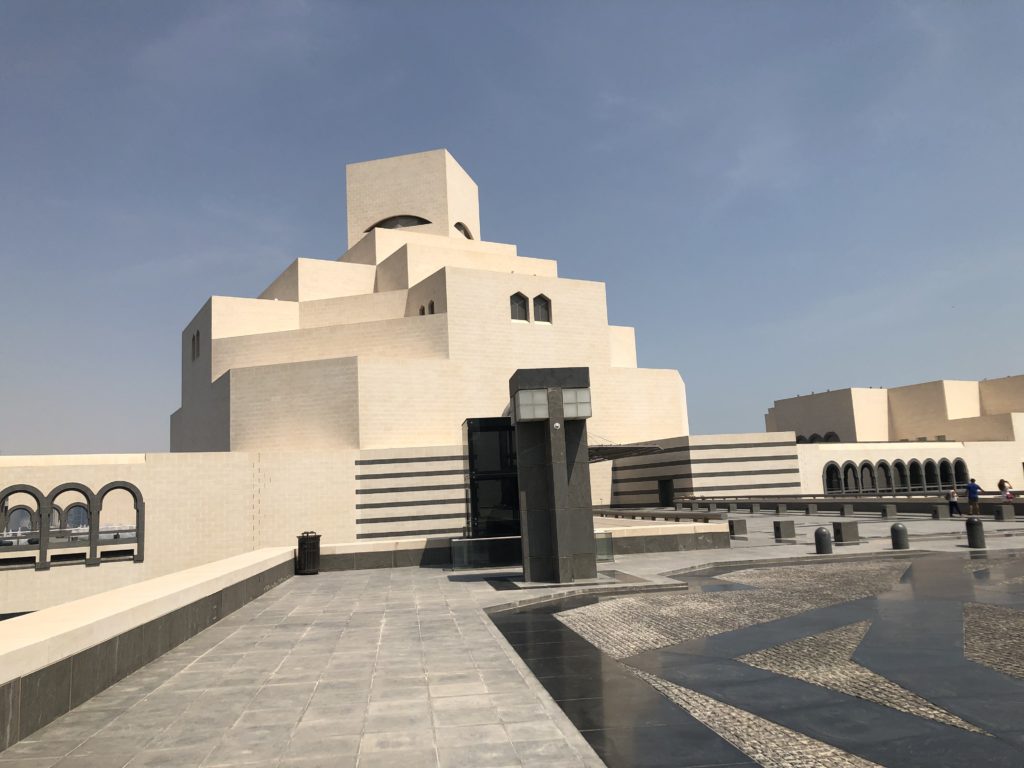
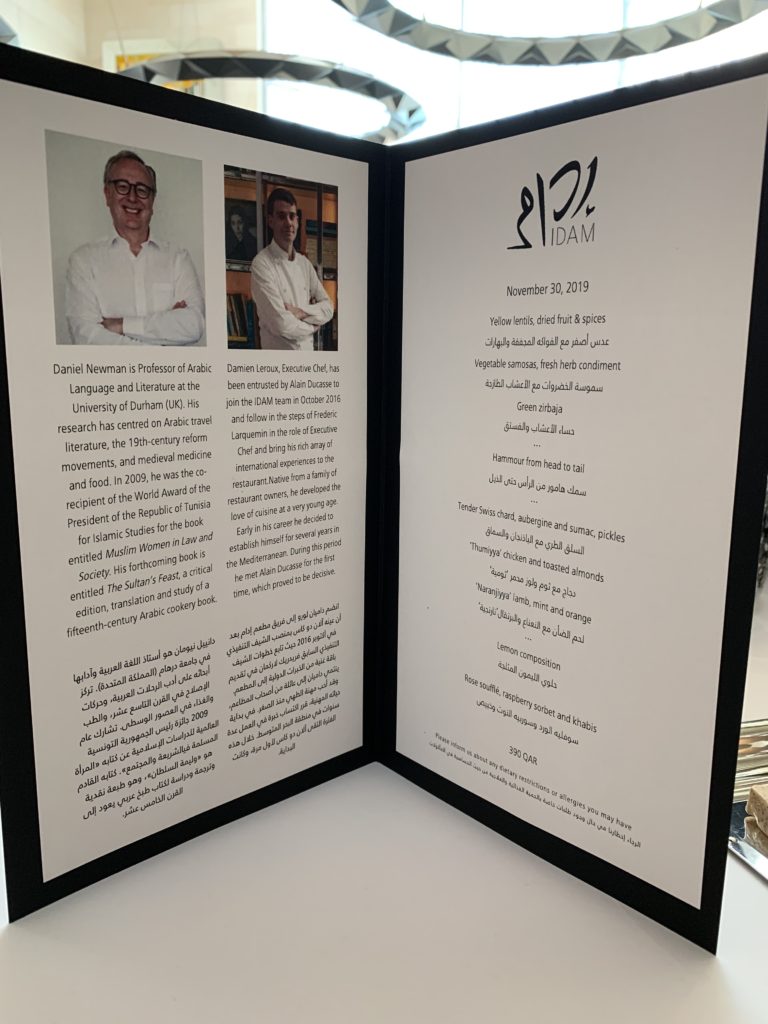
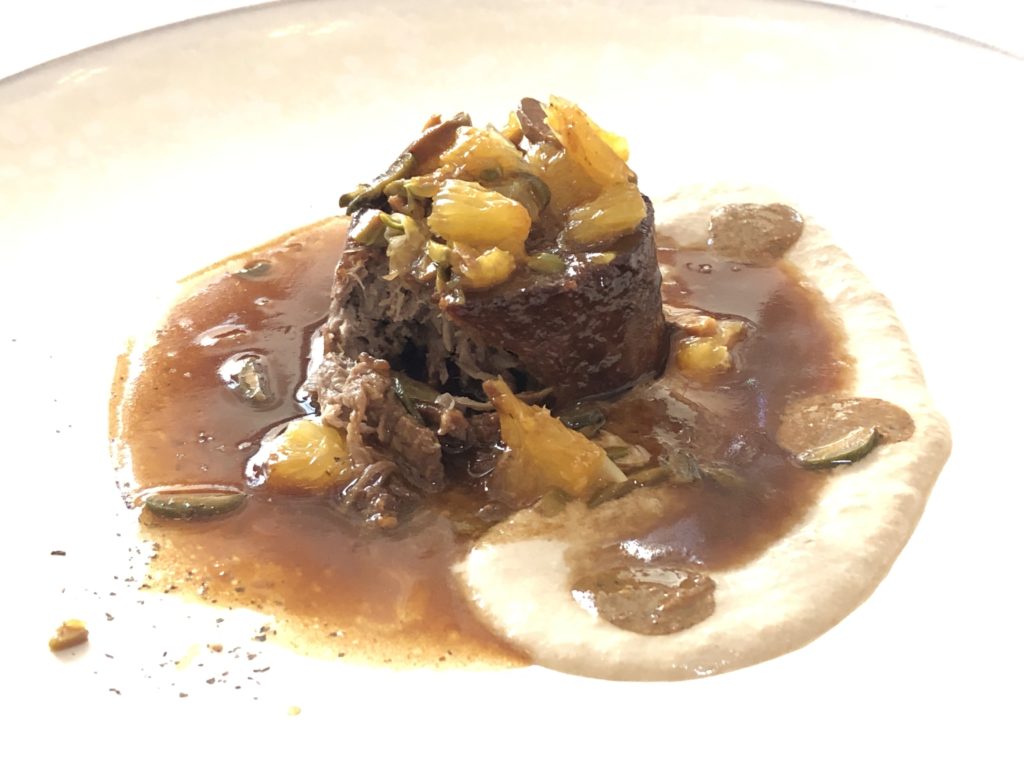
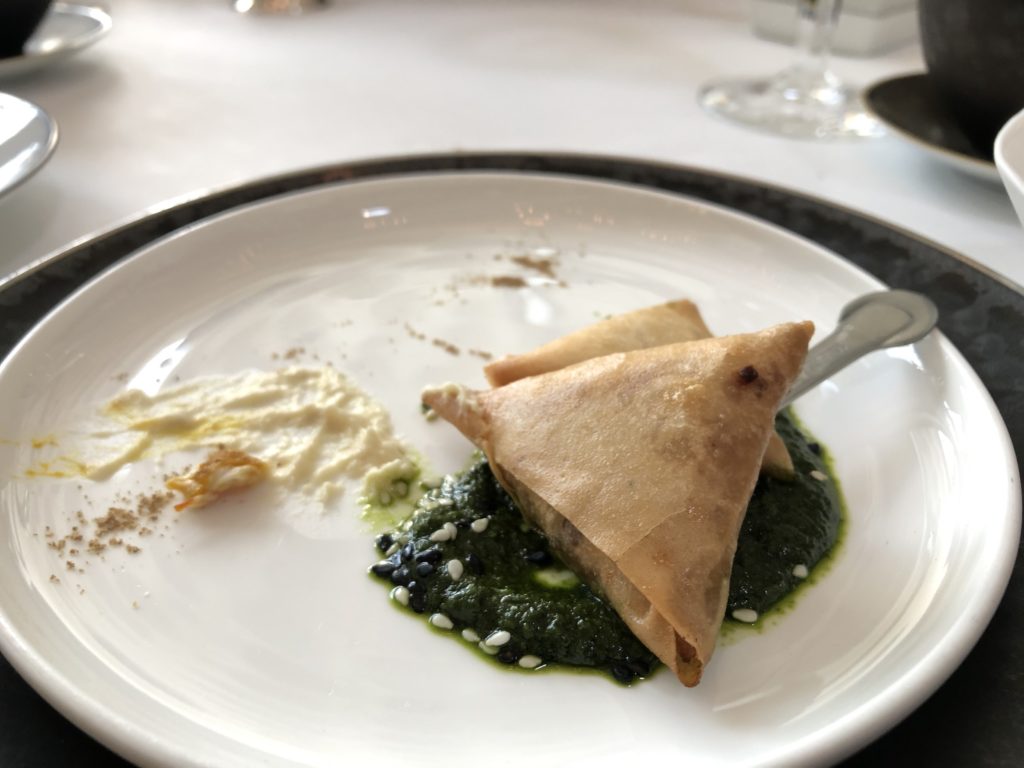
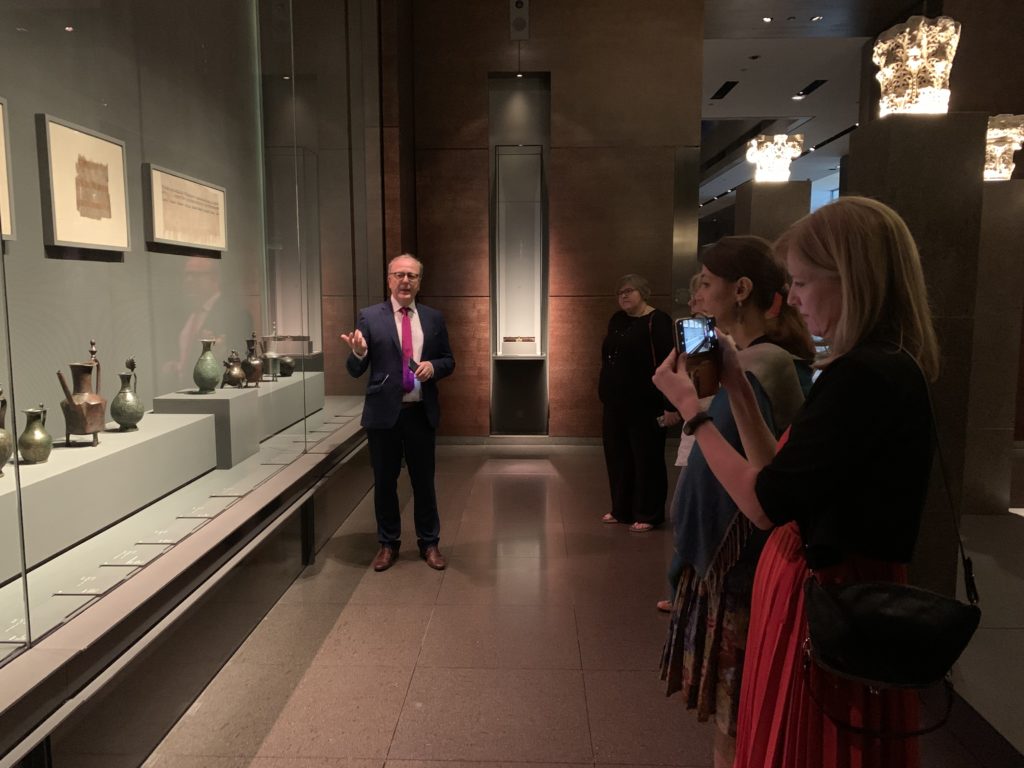
If you are interested in finding out more about the fascinating history of the Arab culinary tradition in the Middle Ages, then this is the site for you! Don’t hesitate to reach out (contact@eatlikeasultan.com) for more information about recipes, ingredients and any other aspect of this subject.
Check out the background stories about the types of dishes that were cooked, the link between food and medicine, the batterie de cuisine, as well as the dining experience at the time.
The recipe section includes detailed instructions to reproduce some of the ancient culinary delights.